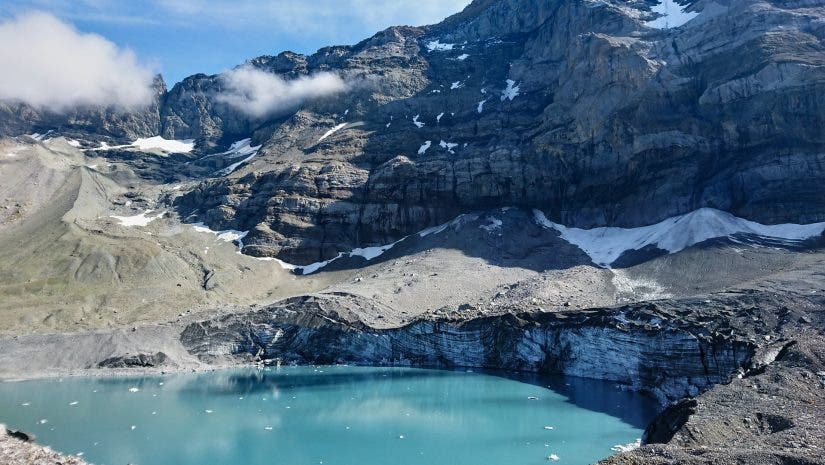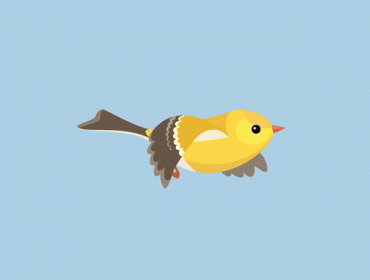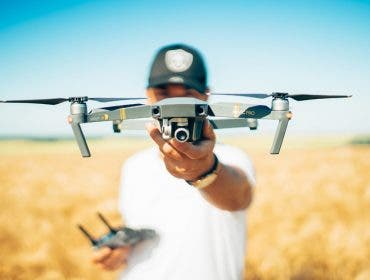Venture into nature photography, where every frame holds the mesmerizing beauty and intricate details of our planet Earth. In this article, we’ll delve into the art and science of nature photography, exploring its categories, listing some tips, the gear you need, and more.
If you are interested in nature photography, there’s no better time to start than now, as the temperatures are rising and summer is on the horizon.
What is Nature Photography?
Nature photography is the branch of photography that focuses on capturing the great outdoors in all its splendor. From the majestic landscapes that take your breath away to fascinating animals and plants, it’s an adventure that unfolds in your viewfinder.
In nature photography, you take photos that immerse viewers in the vibrant colors of a flowery meadow or allow people around the world to witness the graceful presence of an animal in your own backyard. Nature photography encompasses multiple types of photography, including Wildlife, Landscape, Macro, Sky, Waterfall, Underwater, and more.
However, nature photographers are tasked with more than just taking care of the aesthetics, they also hold the responsibility of storytelling. Whether it’s documenting the changing seasons or shedding light on pressing environmental issues, each photograph they take has the power to inspire, educate, and ignite action.
10 Nature Photography Tips
Here are 10 nature photography tips and tricks that will have you shooting confidently, learning to capture the vast landscapes, beautiful wildlife, and stunning details encompassing nature photography.
1: Know What Camera Body to Bring
Yes, everyone says to buy and shoot with full-frame cameras. However, there are scenarios in which crop-sensor cameras are much better for nature photography.
The reason why? Crop-sensor cameras provide a much higher magnification for your lenses, around 1.5x to 1.6x magnification to be exact. For example, a 50mm lens full-frame lens on a crop-sensor APS-C camera will have the focal length of a 75mm lens with a 1.5x magnification and 80mm with 1.6x magnification. So if you’re photographing wildlife or want greater reach when shooting nature photography in general, a crop-sensor camera might be the best camera to bring with you.
2: Bring the Right Lenses
Nature photography is the umbrella which landscape, wildlife, and outdoor photography reside under. To be completely honest, you can successfully shoot nature photographs with almost any lens because the nature category is so complex and diversified.
However, there are three lenses that are particularly important when shooting nature photography, that you will use often when shooting in the field.
First is a wide-angle lens, either a fixed or zoom lens wide, flat aperture. However, a wide-angle zoom lens, like a 16-35mm f/2.8, will provide the most versatility. These lenses are fast and have a super useful, wide, flat aperture that allows you to stop up or down and create a variety of depths for your images. Their wide focal length, sometimes smaller than 15mm, can capture more of the landscapes you are shooting in, offering a wider perspective than the human eye can take in naturally. This makes this lens perfect for nature photography.
The second is a telephoto lens, either a fixed or zoom lens with a wide, flat aperture. Sometimes when shooting nature photography, your subject is farther away. A telephoto lens provides that extra reach that you need to capture that perfect fleeting moment while allowing for space between you and your subject, which is especially important when shooting wildlife.
Two great lenses to look at are the 70-200mm f/2.8 and 70-200mm f/4. Both offer fantastic versatility in their focal range and allow for nature photographers to stop up or down when needed. Prime lenses above 200mm are also great options but just come with a higher price tag.
And third, be sure to bring an ultra-bright prime lens. This can be 35mm, 50mm, or 85mm. Even a macro lens, like a 100mm f/2.8 Having a prime lens like this in your nature photography kit is super helpful, especially if you hope for small details and complex textures in the environment you’re shooting in.
3: Make Your Subject Stand Out
Typically, when shooting nature photography, you’re focusing on a specific subject in a landscape or environment. Whether it’s an animal, tree, or flower, you want to create separation from the busy landscape to focus on your subject. This is one of the most important nature photography tips.
This separation is created in two ways. First, shooting with a shallow depth of field creates a beautifully blurred background while focusing on your subject. To accomplish this effect, you must be at a wider, brighter aperture, around f/2.8-f/1.2 or greater.
Second, focus on framing your subject within your scene. You can use the sky or elements of the landscape that are contrasting to your subject. Utilize the light to your advantage and silhouette your subject against your background. This process takes more time and a greater trained eye but can lead to stunning, simple compositions.

4: Perspective Is Everything
In nature photography, perspective is everything. Try to shoot a scene at different angles and focal lengths. Try to pull as much out of a scene as you can, and don’t just focus on the easiest composition you see.
5: Shoot at the Calmest Hours of the Day
If you want to capture the best nature images you can, it’s important to photograph in the calmest hours of the day. These are typically dawn and dusk. Early morning around sunrise and late evening around sunset is when the most animal activity takes place and the light is soft, warm, and more ideal for photographing.
You also tend to escape the larger crowds of people around these hours. This bodes well for both photographers and the natural scenes they are shooting.
6: Focus on Textures
Textures are easy to glance over and miss when photographing a large scene or landscape. But focusing on the small details and textures can be just as powerful. Think about the leafy patterns of a fern or the complex cracks of a desert wash. Those details, if captured well, can be just as powerful as a wide, sweeping landscape. This leads to the next tip…
7: Simple Is Powerful
Nature photography can seem overwhelming because our planet is so complex. However, when it comes to nature photography, a simple composition can be the most powerful. It could be a baby fox peeking through the brush, a lone tree on a perfectly sloping hill, or a jagged mountain peak surrounded by fog; sometimes keeping your image simple can tell the greatest story. So don’t try to overcomplicate things. Focus on your subject and seek simplicity when necessary—it’s one of the most significant nature photography tips.
8: Incorporate a Human Subject When Needed
I know it sounds counterintuitive, adding a human subject in a natural setting. However, when done correctly, adding a person to a composition can lead to powerful nature images.
Whether it’s showing the massive scale of a place or a human being responsibly interacting with a beautiful environment (e.g. diving into an alpine lake or hiking along a ridge line), the human element can tell a beautiful story in nature photography, when placed correctly.
9: Use Water Reflections to your Advantage
If you’re by a water source, like a lake or river that is casting a reflection, use it in your composition. Even something as small as a puddle or pool of water can create intrigue and extra dimension in your photos.
A filter, like a circular polarizer, is incredibly useful and effective when shooting water reflections because it allows you to control the amount of reflection in your image.
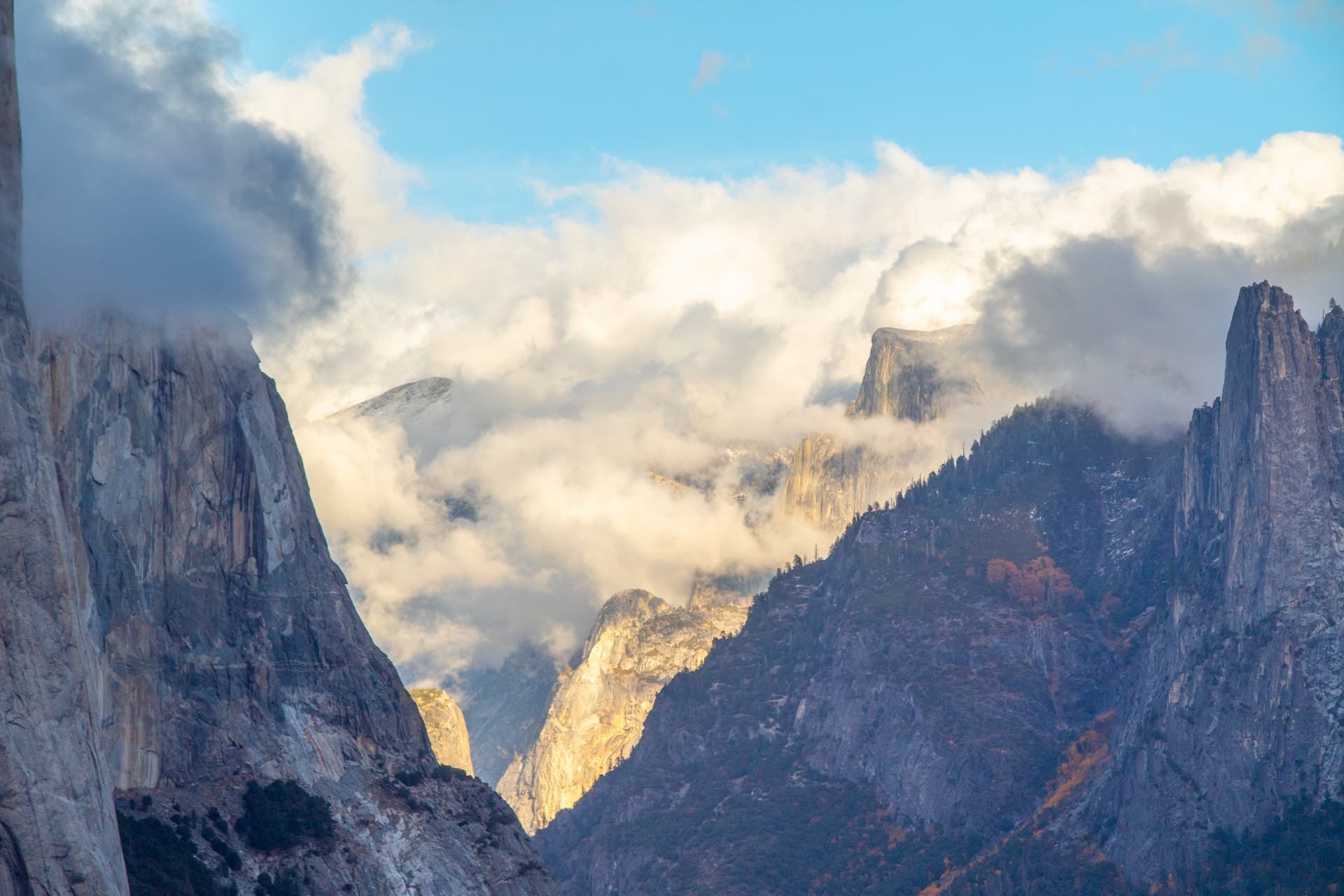
10: Respect the Nature you Photograph
Last but not certainly least, and this goes without saying, respect the nature you photograph. A nature photography tips list would be incomplete without this important step. Whether you’re shooting wildlife or landscapes, be conscious of the impact you have while shooting. Even small acts like staying on a trail and giving animals space can help keep fragile ecosystems safe as well as keeping you, the photographer safe. Also, always pack everything that you pack in, even biodegradable items.
As the popular phrase goes, “Take only photos, leave only footprints.” It sounds cliche, but if all photographers practice “Leave No Trace” principles and leave places better than they found them, it will ensure these locations and the wildlife that live in them are preserved for years to come.
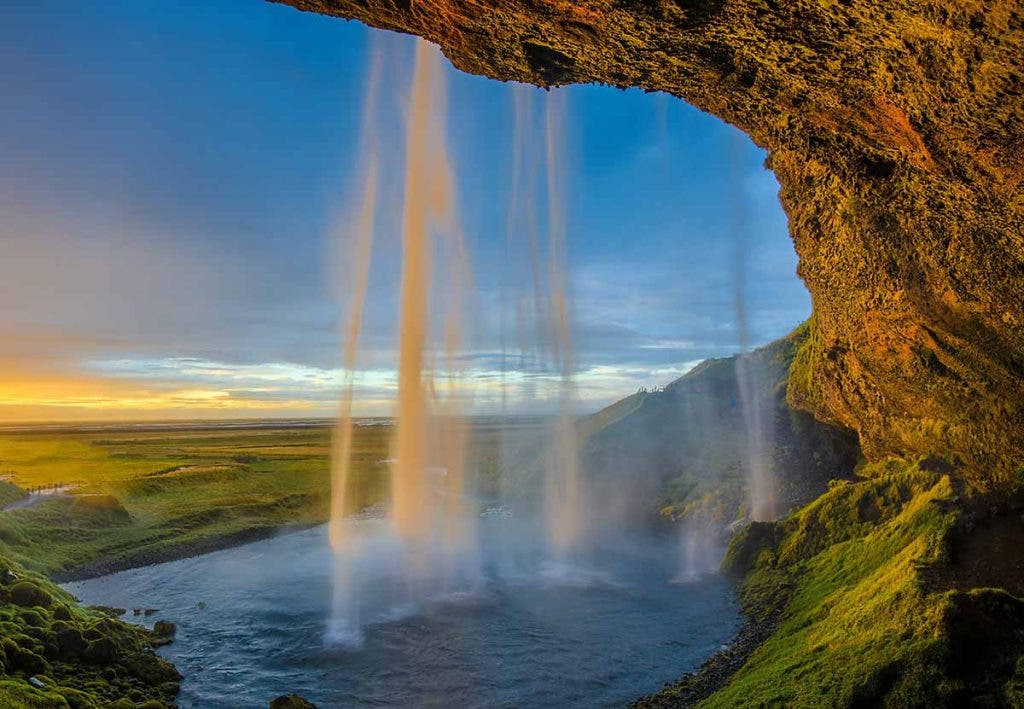
Types of Nature Photography
Wildlife Photography
Wildlife photography, arguably the most popular branch of nature photography, captures the candid beauty of animals in their natural habitats. Renowned publications like National Geographic often feature stunning wildlife photographs taken by freelance photographers using equipment like Canon cameras. In a recent docu-series titled “Photographer” produced by Little Monster Films, National Geographic wildlife photographer Paul Nicklen comes face-to-face with bears and wild leopard seals to capture nature intimately, showing the heart of wildlife photography: dedication.
Locations such as the Pacific Northwest, particularly Washington State, have incredible biodiversity and breathtaking landscapes that attract wildlife photographers worldwide. From majestic bald eagles soaring freely over Puget Sound to gray wolves that roam the Cascade Mountains, wildlife photographers in the region consider it a privilege to document diverse species in their native environments.
Landscape Photography
Landscape photography, a key aspect of nature photography, involves capturing the beauty of natural scenery. The Canon EOS 90D and Canon EOS Rebel SL3 are excellent choices for landscape photography enthusiasts, offering impressive image quality and versatility at mid-range and entry-level price points, respectively.
Nature photographers specializing in landscapes often gravitate towards serene locations like Iceland’s mystical landscapes or the rugged beauty of Patagonia. These hotspots in countries with beautiful nature provide an ideal backdrop for relaxing nature photography, allowing photographers to showcase the Earth’s beauty in all its glory.
Macro Photography
Macro photography means capturing small subjects at close range. For beginners, one of the best tips is to start with mastering depth of field control. Cameras like the Nikon Z8 and Canon EOS 5D Mark IV excel in macro photography. This is due to their high-resolution sensors, advanced autofocus systems, and compatibility with a wide range of macro lenses, which enable photographers to capture even complex details with exceptional clarity and precision. Known hotspots for landscape photography such as the forests of Oregon or the gardens of Kyoto.
Another good tip that’s essential in macro photography is focus stacking, which is when photographers combine multiple images with different focus points. This technique tackles the challenge of shallow depth of field, ensuring that every part of the subject is sharp on the final image.
Sky Photography
Sky photography offers endless opportunities to capture the beauty of celestial wonders. Cameras like the Sony A7S III and Nikon D850 are great for capturing stunning skyscapes with their excellent low-light performance.
Popular locations around the world for sky photography are locations with minimal light pollution, such as the Atacama Desert in Chile or the Australian Outback.
Beginners can start with their phones for basic sky photography before investing in DSLRs for more advanced techniques like astrophotography. Night photography settings involve longer exposure times and wider aperture settings to capture stars and the Milky Way effectively.
Waterfall Photography
Waterfall photography requires techniques like using slow shutter speeds to capture the silky-smooth flow of water. Cameras with excellent dynamic range, such as the Fujifilm X-S20 and Leica SL3, are ideal for waterfall photography, paired with wide-angle lenses to encompass the stunning waterfall scenery.
Iconic locations for waterfall photography like Yosemite Falls in California and Victoria Falls in Zambia and Zimbabwe.
Underwater Photography
Underwater photography, a captivating niche within nature photography, involves capturing the beauty of marine life beneath the ocean’s surface. Photographers use specialized equipment like underwater camera housings and strobes to capture stunning underwater photos.
Key locations for underwater photography include coral reefs in locations like the Great Barrier Reef in Australia, the Maldives, and the Red Sea. These areas are brimming with vibrant marine life, offering photographers opportunities to document colorful coral formations, exotic fish species, and other fascinating underwater scenes.
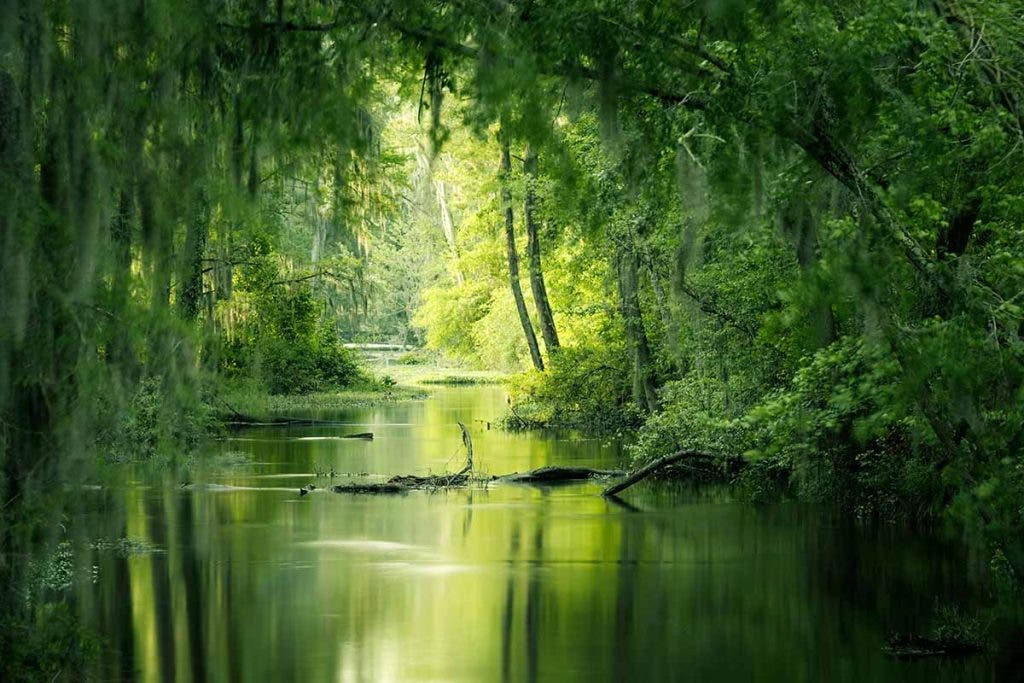
Frequently Asked Questions: Nature Photography
Is nature photography a career?
Yes, nature photography can be a career for those who are passionate about capturing the beauty of the natural world. Many professional photographers earn a living by selling their nature photographs to publications, galleries, or online platforms.
Do you need a degree to be a nature photographer?
No, it’s helpful but not necessary. What’s more important is developing your skills through practice, learning from experienced photographers, and building a strong portfolio of your work.
How hard is it to get into nature photography?
It’s challenging but doable. Start by learning the basics of photography (composition, exposure, and lighting) and gradually get familiar with specialized techniques for nature photography. Additionally, spend time practicing in different environments and conditions to develop your unique style and vision as a photographer.
What is the best time for nature photography?
The best times for nature photography are during the golden hours, shortly after sunrise and before sunset. Additionally, cloudy days offer diffused light great for capturing details and colors.
How popular is nature photography?
Nature photography has become incredibly popular, and the main reason is that smartphone cameras have gotten really good. With new technology, anyone with a smartphone can easily take stunning landscape photos without fancy camera gear.
The Revolution of Nature Photography
Nature photography has weathered quite an evolution, becoming both increasingly popular and more accessible thanks to advancements in technology. With the ability to capture and witness breathtaking scenes right at our fingertips, there’s never been a better time to explore the wonders of nature through photography both as a photographer and as a viewer. So, whether you’re an experienced photographer or just starting, grab your preferred photographing gear and capture amazing shots.
